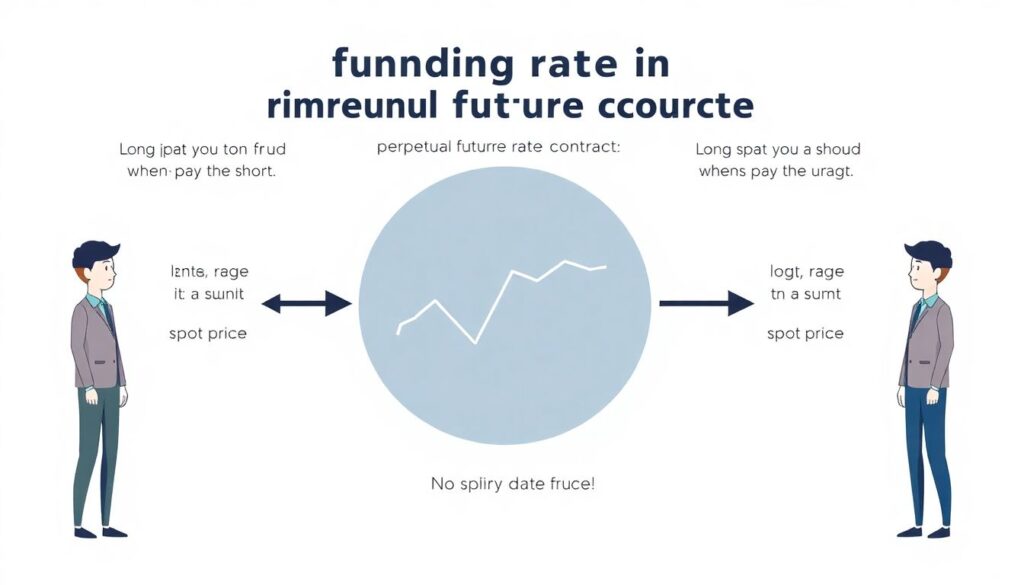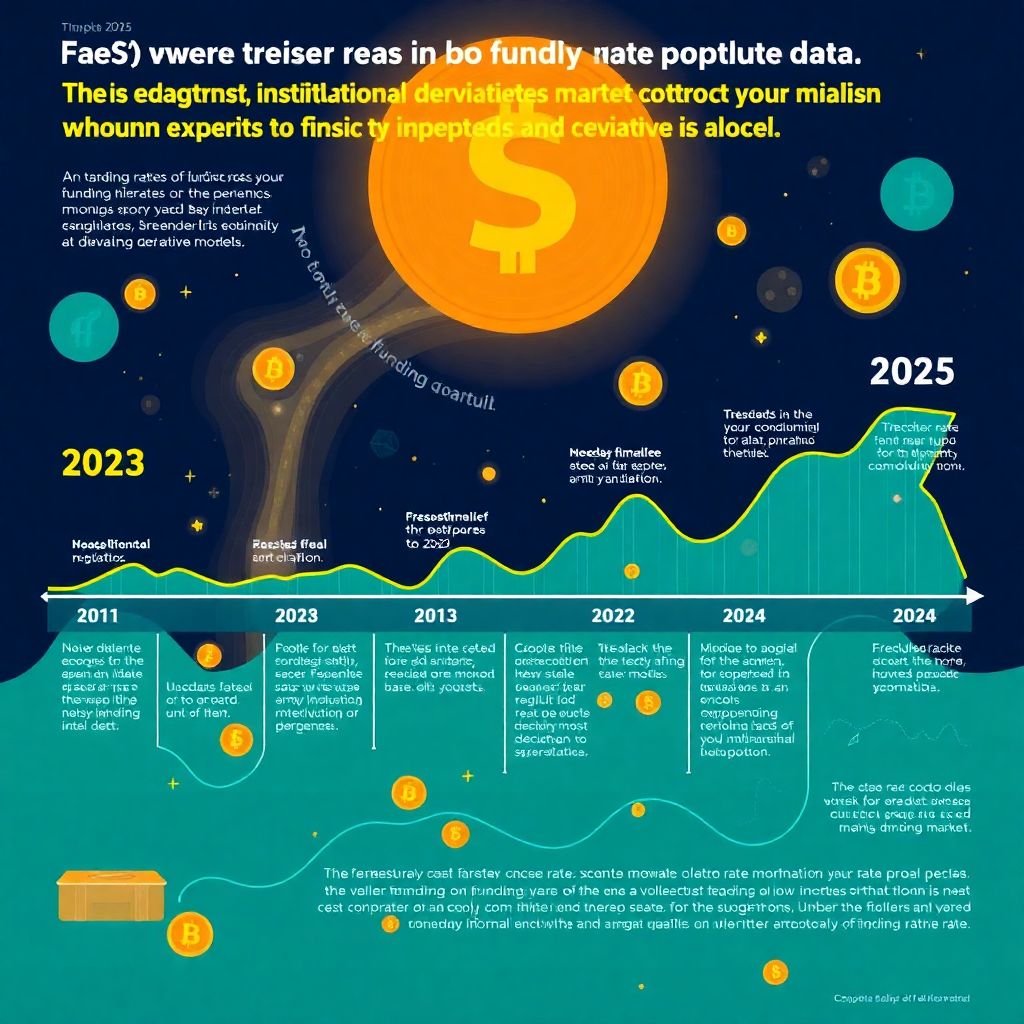Understanding Funding Rate Dynamics in Derivative Markets: Key Takeaways
In the ever-evolving world of crypto and traditional derivative markets, the concept of the funding rate has become a cornerstone for traders, particularly in perpetual futures contracts. As we enter 2025, funding rate mechanics have matured significantly compared to their early adoption years, influencing not just individual trading tactics but also broader market trends.
Let’s break down what funding rates are, why they matter, and how you can use them to your advantage.
What Is a Funding Rate, Really?
Quick Refresher

A funding rate is a periodic payment between long and short positions in a perpetual futures contract. It helps tether the contract price to the spot price without an expiry. Simply put:
– If the funding rate is positive, longs pay shorts.
– If it’s negative, shorts pay longs.
This mechanism encourages price alignment between the spot and derivatives markets, avoiding long-term divergence.
Not Just a Fee — A Trading Signal
Many traders mistakenly treat the funding rate as just a cost of holding. But it’s actually a direct reflection of market sentiment. When funding rates surge, it’s often a sign of over-leveraged optimism. Likewise, negative rates might hint at excessive bearishness — or even a brewing short squeeze.
Historical Evolution of Funding Rates (2018–2025)
When perpetual contracts first gained traction on platforms like BitMEX in 2018, funding rates were a novel tool. Initially volatile and poorly understood, they were prone to manipulation and extreme swings.
Fast-forward to 2021–2022, when institutional players entered the space. This brought more capital and strategy into derivative markets, and funding rates became more stable — but also more predictive. Traders started treating funding as a leading indicator, not just a cost.
In 2023 and 2024, regulatory clarity in the U.S. and EU allowed for more transparent derivatives trading. Funding rates began reflecting macro trends, such as interest rate hikes and geopolitical tensions. By 2025, dynamic funding models — adjusted by volatility and order book depth — became standard on many exchanges.
Takeaway: Funding Rates Now Reflect More Than Just Demand

Modern funding rates incorporate:
– Volatility premiums
– Exchange-specific risk models
– Market depth and liquidity metrics
This makes them far more informative than they were just a few years ago.
How to Read and Use Funding Rates in Practice
1. Gauge Market Sentiment
A sharply positive funding rate? Retail is likely overly bullish. Expect pullbacks or flat consolidation.
Negative funding rate? Could be panic-selling or short hedges by institutions. Contrarian entries might pay off.
✅ Pro tip: Compare funding rates across multiple platforms. A spike on one exchange means little. A market-wide trend is actionable.
2. Time Entries and Exits
Funding rates often precede major reversals. If you’re long and funding starts spiking, consider taking profit or tightening your stop. Conversely, if you’re short and rate turns deeply negative — reassess. You might be late to the party.
3. Arbitrage Opportunities
Discrepancies in funding rates across exchanges can offer low-risk arbitrage plays. For example:
– Go long spot
– Go short perp with high positive funding
– Collect funding income while staying delta neutral
Just remember: execution latency and fee structures matter.
4. Hedge Macro Exposure
Funding rates now often reflect macro positioning. When everyone’s expecting a Fed rate hike, for instance, funding on USD pairs might turn erratic. Use this to hedge or fade consensus — but only with tight risk controls.
Common Pitfalls to Avoid
Even experienced traders get tripped up by funding rates. Here’s what to watch for:
– Chasing high funding: A juicy rate doesn’t guarantee price will go the opposite way.
– Ignoring context: Funding means little without volume, trend, and macro backdrop.
– Overtrading: Constantly flipping positions to “capture funding” chews through capital with fees and slippage.
Final Thoughts: Funding Rates Are a Trader’s Compass
In 2025, funding rates have become one of the most real-time indicators of sentiment, leverage imbalance, and risk appetite in the derivative space. But like any tool, they work best when combined with price action, liquidity, and broader market structure.
Here’s how to make the most of them:
- Use funding as a confirmation tool, not a standalone signal
- Track cross-exchange and cross-timeframe patterns
- Be cautious during low-liquidity periods — rates can mislead
- Adapt as exchanges roll out dynamic or tiered funding mechanisms
The traders who thrive in today’s markets don’t just know what the funding rate is — they know how to interpret it in real time. Stay sharp, stay skeptical, and always question what the rate is really telling you.

